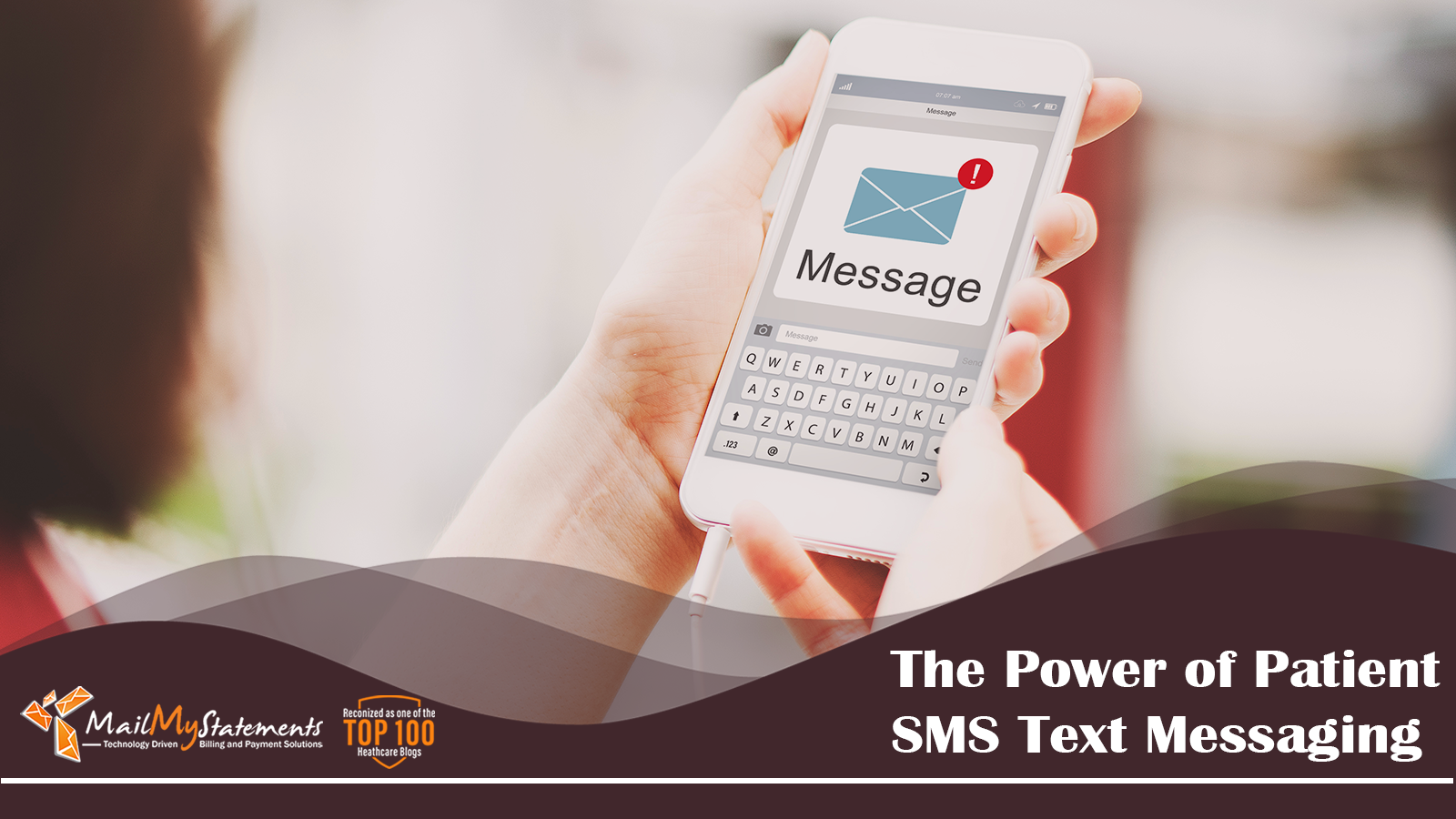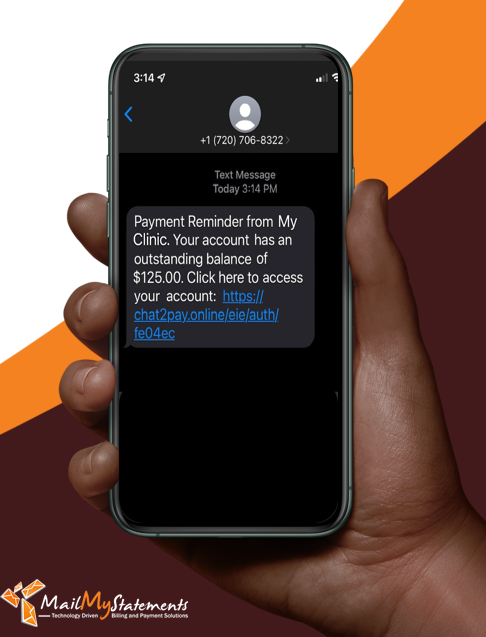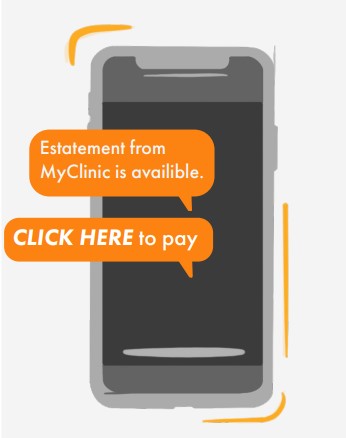The Power of Patient SMS Text Messaging

In today’s fast-paced digital world, capturing your patient’s attention is more challenging than ever. With spam calls and emails flooding inboxes—U.S. consumers received an estimated 159 billion spam emails in 2024 alone—patients are increasingly tuning out traditional communication attempts from businesses. Sorting through mail or returning collection calls is time-consuming, and many simply avoid it. Yet, in healthcare, effective communication is critical, especially as patients navigate a complex and often stressful medical landscape.
Rising costs of treatment and lingering concerns about in-person visits—amplified since the pandemic—have left patients craving simplicity and reassurance. Fortunately, healthcare practices are turning to a powerful tool to meet these needs: SMS text messaging. With 98% of American adults owning a cellphone and using text messaging in 2025 (up from 96% in 2020), patient SMS text messaging has emerged as a game-changer for patient engagement, delivering timely, up-to-date information directly to patients’ hands.

Why Patient SMS Text Messaging Matters
Text message reminders and alerts are transforming how healthcare practices communicate, offering a less intrusive alternative to phone calls or emails. Unlike emails, which may languish unread for days, or mailed statements that pile up unopened, texts are typically read within three minutes of receipt. This immediacy ensures patients stay informed about appointments, payments, and critical updates—reducing stress and enhancing their care experience.
SMS Texts Reach Patients Where They Are
Americans now spend an average of 4.5 hours daily on their smartphones in 2025, a 30% increase from 2023. With screen time on the rise, SMS ensures patients see reminders and alerts in real time. This direct line of communication slashes no-show rates and accelerates payment collections, delivering measurable benefits to both patients and practices.
Tackling No-Shows with Timely Reminders
Patient no-shows remain a costly challenge, wasting time, resources, and revenue. A 2024 healthcare survey found that 52% of patients who missed appointments simply forgot to attend or cancel—a preventable issue with the right tools.
SMS appointment reminders, sent 24-48 hours before a visit, allow patients to confirm or reschedule with a quick reply. Practices using text reminders report no-show rates dropping by up to 30%, according to a 2025 study by the American Medical Association.
Streamlining Patient Payments

Collecting patient balances is another hurdle, with unpaid medical bills contributing to $200 billion in U.S. healthcare debt in 2024. Traditional mailed bills or emails often lead to delays—patients may overlook them or find the payment process cumbersome.
SMS notifications, however, alert patients the moment a bill is available, often including a secure link to pay instantly. For past-due balances, follow-up texts gently nudge patients to settle up or seek assistance. A 2025 Healthcare Financial Management Association report found that practices using SMS for billing saw a 25% increase in on-time payments compared to traditional methods.
Personalization Enhances the Experience
Patient SMS text messaging isn’t just efficient—it’s personal. Patients can opt in to receive tailored reminders and adjust their preferences, creating a healthcare experience that fits their needs. Whether it’s a vaccine reminder, a payment alert, or a post-visit follow-up, texts feel less generic than mass emails. Plus, SMS platforms in 2025 are fully HIPAA-compliant, securely storing patient data without requiring additional apps or logins—saving time and reducing frustration.
Saving Time and Cutting Costs
Once implemented, SMS systems require minimal staff oversight. Automated alerts for appointments and payments free up administrative teams to focus on higher-value tasks. Compared to mailed statements, which can take days or weeks to reach patients, texts deliver instant notifications—shrinking the gap between billing and payment. This efficiency reduces the risk of balances turning into bad debt, a growing concern as healthcare costs climb.
Financially, SMS is a no-brainer. With the U.S. Postal Service raising rates again in 2025—first-class stamps now cost $0.73—mailing expenses strain practice budgets. Switching to SMS eliminates paper, printing, and postage costs, redirecting funds to patient care and operational improvements. A 2025 Practice Management Report estimated that digital communication saves mid-sized practices upwards of $15,000 annually.
The Bigger Picture
Healthcare can be overwhelming, but patient SMS text messaging simplifies the journey. Practices leveraging this technology report higher patient satisfaction, with 78% of patients in a 2025 survey preferring text reminders over other methods. Better engagement translates to improved retention, glowing reviews, and increased revenue—all while cutting operational costs.
Final Thoughts
In 2025, SMS text messaging is more than a convenience—it’s a lifeline connecting patients and providers. By delivering up-to-date, actionable information directly to patients’ phones, practices reduce no-shows, boost collections, and build trust. As healthcare evolves, embracing this technology isn’t just smart—it’s essential.
MailMyStatements offers cutting-edge SMS and billing solutions to streamline patient communications and payments. Contact us today to see how we can help your practice thrive.
![]()



